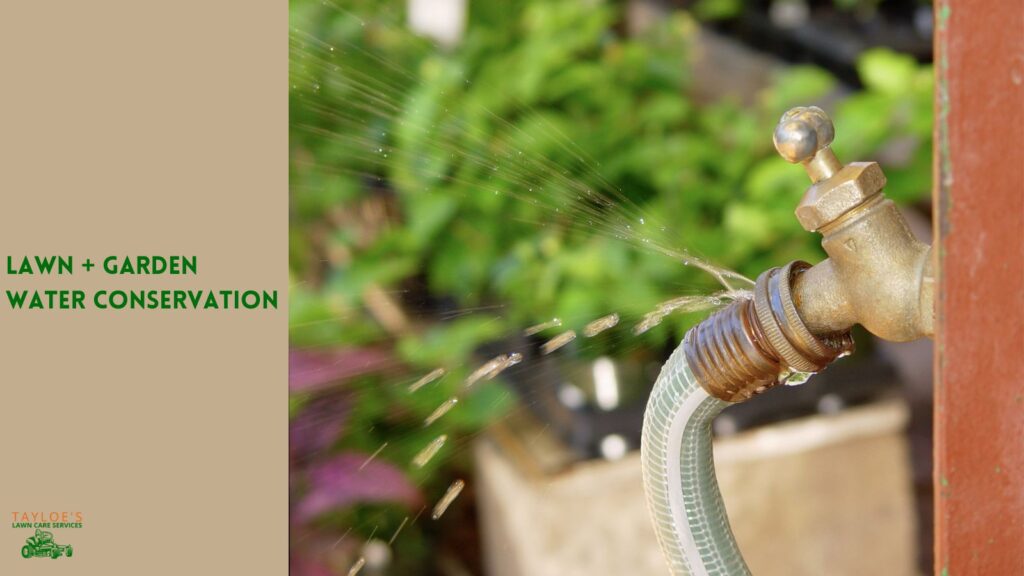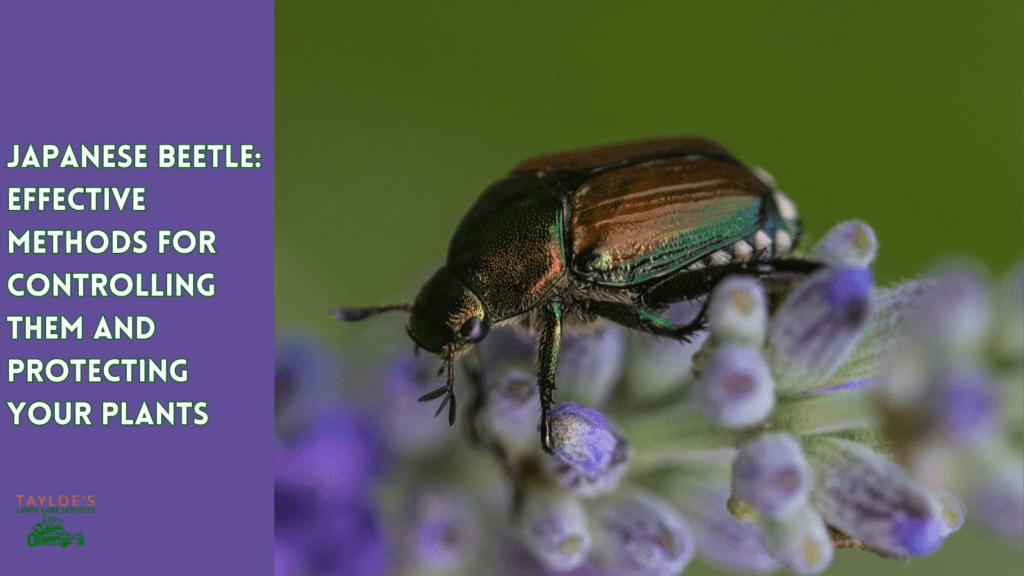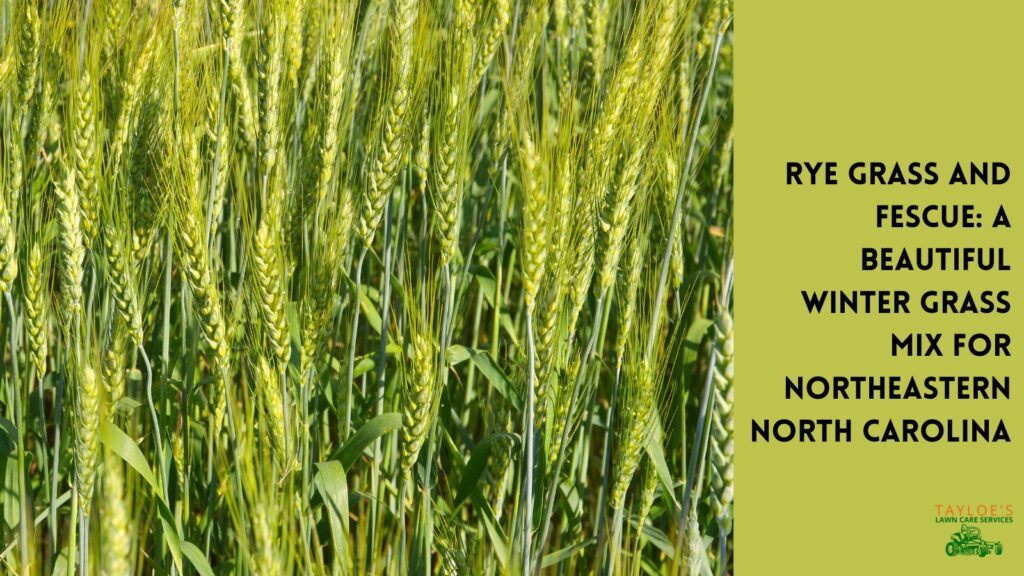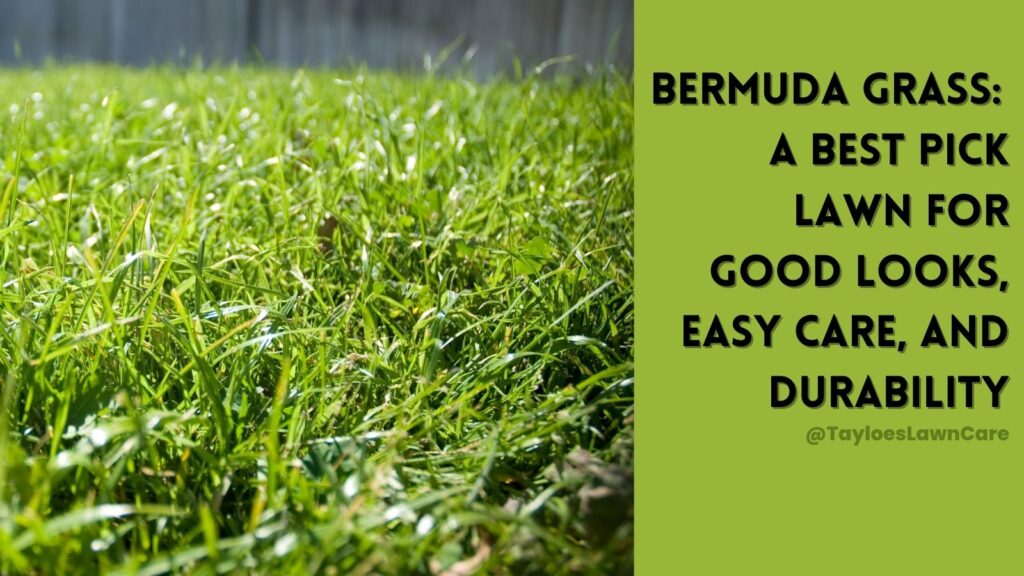Last Updated on: 26th July 2024, 04:30 pm
Here’s how to offer your lawn as much heat protection as possible.
If you live in northeastern North Carolina, you know how tough it can be to keep your lawn green during hot, dry spells.
Summers here are sweltering and humid, with the sun beating down on your grass until July.
Then, it’s a toss-up: we might get hammered by hurricanes, making things even hotter and more humid, or it might stay dry, causing your grass to go dormant.
And don’t get me started on our cool winters—they’re not exactly friendly to tropical grass varieties.
But don’t worry! I’ve got some practical tips to help you keep your lawn looking lush and green, no matter what Mother Nature throws at us.
From watering strategies to soil care, mowing practices, and choosing the right grass species, we’ll cover everything you need to know to maintain a beautiful lawn all year round.
Let’s get straight into it!
How to Keep Your Grassy Lawn Green During Dry Spells or Droughts
With possible water restrictions in place during drought conditions, simply turning on your garden hose might not be an option.
So, what can you do?
Here’s how to keep your grass green during those challenging dry spells:
1. Water Wisely
Deep and Infrequent Watering. It’s the key to a resilient lawn.
Aim for approximately 1 to 1.5 inches of water a week to encourage deeper root growth and make the grass more drought-resistant.
- Watering Schedule: In spring, your lawn might only need watering once or twice a week, but come the scorching summer months, increase this to two or three times a week.
Adjusting your watering schedule according to the season ensures your lawn gets what it needs without overdoing it.
- Morning Routine: Water your lawn early in the morning before the harsh midday sun can evaporate the moisture. This practice maximizes water absorption and minimizes waste.
Think of it as preparing your lawn for the day before the sun gets too intense.
- Avoid Windy Days: Watering on windy days when evaporation rates are higher is like trying to fill a glass of water while someone’s blowing air into it—most of it just ends up disappearing.
2. Build Strong Roots with Proper Soil Care
Healthy soil is the bedrock of a luscious lawn. Here is how to nurture your soil to support your grass, even during tough times:
- Aeration: Aerate your lawn at least once a year to reduce soil compaction and improve water penetration. This encourages deeper and stronger roots.
The growing seasons–spring and fall–are the best times to aerate, as this allows your lawn to recover quickly and take advantage of the improved soil conditions after dry spells end.
- Organic Matter: Incorporate organic matter, such as compost, into your soil to enhance its water-holding capacity and nutrient content. You can also do this in the spring and fall so your lawn benefits from the added nutrients when needed most.
- pH Balance: Test your soil’s pH and adjust accordingly. Most grasses thrive in a pH range of 6.0 to 7.0.
If needed, apply lime to raise pH or sulfur to lower it, following product instructions carefully.
3. Give Your Lawn Some Space
During a drought, your lawn is stressed and vulnerable. The best thing to do is leave it alone as much as possible:
- Minimize Foot Traffic: Avoid walking on your lawn, and don’t drag any equipment, including garbage bins, across it. This reduces stress on the grass and prevents further damage.
- Skip the Mower: Your grass is already stressed, if possible, avoid mowing completely.
4. Mow Correctly During Dry Spells
Your lawn doesn’t need to be cut short to look neat and healthy. In hot weather, you may not even need to mow owing to the slow growth.
But if you have to, ensure you:
- Adjust your mower to its highest setting. The taller your grass is, the deeper it will root, enhancing its water-holding capacity.
- Sharpen the blades for a clean cut to minimize the risk of disease and stress on your lawn.
- Leave the grass clippings on the lawn–as a natural mulch–to help with moisture retention.
5. Dethatch for Better Water Absorption
Thatch is a compact layer of living and dead grass stems, leaves, and roots that can accumulate on your lawn–especially if you mow frequently.
While a small amount of thatch can be beneficial, too much can prevent water from effectively reaching the soil and roots.
Dethatch regularly to maximize your lawn’s moisture absorption.
Helpful hint: connect with Tayloe’s Lawn Care Services to do this. We will ensure the process is done correctly and effectively for optimal results.
6. Skip Fertilizer During Dry Spells
Traditional fertilizers, such as those high in nitrogen, can stress your lawn further by promoting growth that your grass can’t support without adequate water.
If you have to feed your lawn, consider drought-safe fertilizers that only release nutrients when rain returns. This way, you’re not encouraging new growth that will struggle to survive the dry conditions, but you’re still preparing your lawn to bounce back when the rain comes.
7. Avoid Overwatering
After a drought, the temptation to flood your lawn with water can be strong. However, too much water can be as harmful as too little. Here’s how to avoid overwatering:
- Interval Watering: Water your lawn in 15- to 25-minute intervals, allowing time for the water to soak into the soil between sessions. This helps the water reach the roots without overwhelming them.
- Consistent Schedule: Stick to a consistent watering schedule, even after restrictions are lifted. Gradual, consistent watering helps your lawn recover without shock.
8. Defend Your Lawn from Pests and Diseases
A strong defense is the best offense.
Regularly inspect your lawn for signs of pests or disease, such as discolored patches, unusual growth patterns, or visible insects.
Catching issues early is key to preventing widespread damage.
Consider organic treatments, such as neem oil or insecticidal soap, to address pest problems.
9. Choose the Right Grass Species to Resist Dry Spells
To maintain a green lawn year-round in northeastern North Carolina, you may have to look the way of cold-tolerant grass species that can also handle the extremely cool winters.
Here are some top choices for our climate:
- Fescue: Tolerates cool temperatures and has deep roots for drought resistance, making it a reliable choice for variable weather.
- Perennial Ryegrass: Establishes quickly and maintains green color in winter; needs consistent watering.
- Zoysia Grass: Dense growth habit that resists drought; some varieties are cold-tolerant.
- Bermuda Grass: Highly drought-tolerant and thrives in full sun; has a deep root system for resilience.
Keep Your Lawn Lush, Even When Dry Spells Occur
You’ve learned the essential tips for keeping your lawn green during those relentless dry spells. Now, it’s time for action.
Start by setting up that sprinkler schedule you’ve been postponing.
Remember, deep, infrequent watering is key.
Picture your vibrant, green lawn as a sanctuary of relaxation and pride, even when rain is scarce.
You’ve got this!
Each step you take brings you closer to that picture-perfect yard. Don’t let the dry weather win—your lawn deserves to thrive.
Author Profile

- Maureen Abuor
- Maureen Abuor is a professional content marketing strategist and SEO strategist, with particular knowlege of creating landscaping and gardening content that informs and delights her audience. When she's not working, she's a busy mother of three precious little ones and child of God.
Latest entries
 Lawn CareApril 29, 2025Best shady area grass seed for Eastern NC
Lawn CareApril 29, 2025Best shady area grass seed for Eastern NC GardeningApril 15, 2025How do I make organic soil for the garden?
GardeningApril 15, 2025How do I make organic soil for the garden? Flower GardenMarch 7, 2025What are wave petunias?
Flower GardenMarch 7, 2025What are wave petunias? Flower GardenMarch 3, 202520 Full-sun annuals for your spring and summer garden
Flower GardenMarch 3, 202520 Full-sun annuals for your spring and summer garden










